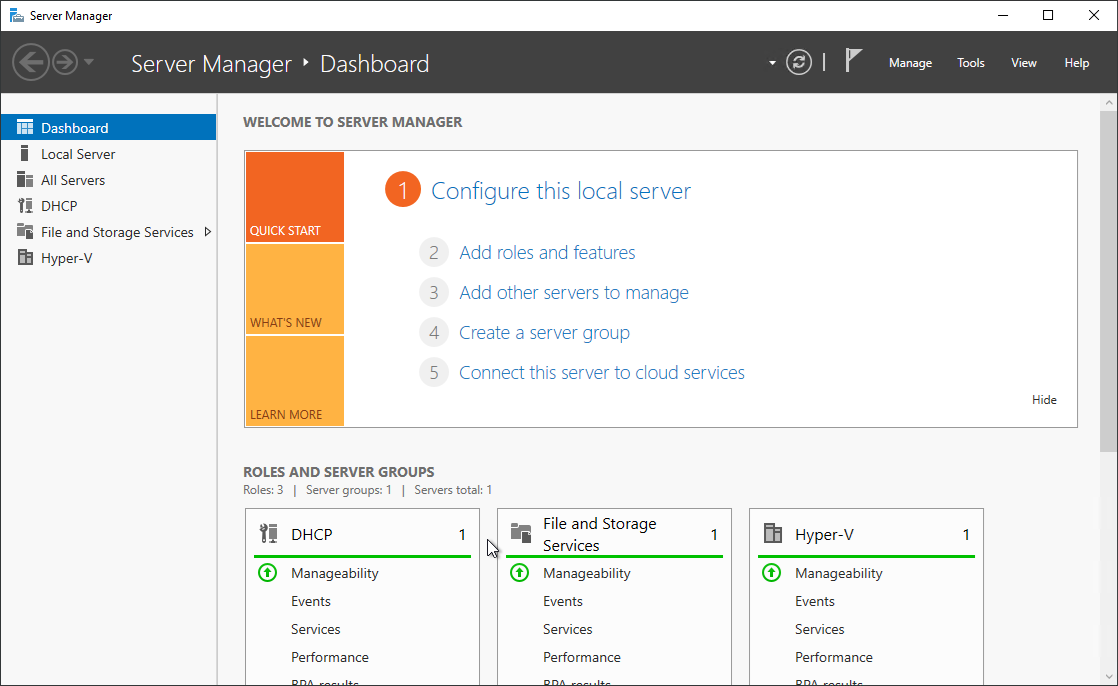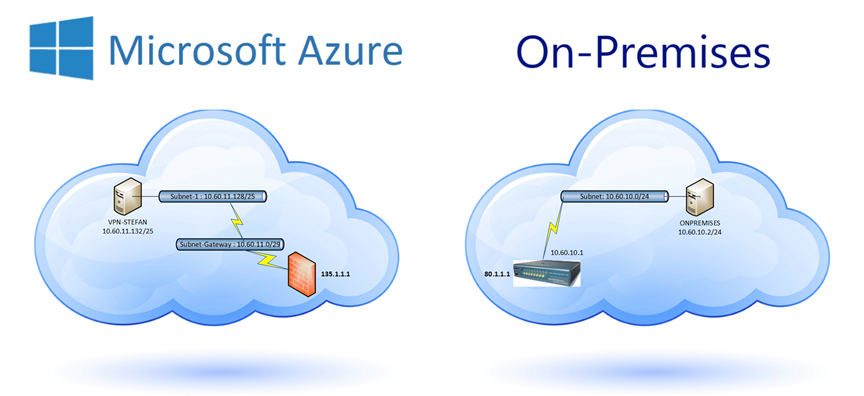MDT in a Box – Part 7 – Add Language Pack
Introduction
This BLOG will describe the instruction how to create your very own “MDT in a Box” server. You can use this server to create images for physical computers, RDS, WVD and probably also other VDI environments. MDT is Microsoft Deployment Toolkit, a few Windows tool to automate the Operation System Deployment (OSD). I use this often in my work for customers to create “golden images” for RDS or WVD.
With the MDT in a box you can create VHD or WIM files for your environments, or for you client environments. You can install several applications, scripts, language packs and updates in this task sequence.
In my work I use MDT to create “golden images” for RDS2019 and Windows Virtual Desktop with Windows 10 Enterprise Multi Session.
This BLOG is very long so I split it in a few parts.
5. Deploy Windows 10 – Multisession (WVD)
MDT in a Box – Part 7 – Add Language Pack
If you are building an image for WVD and you want to change the language you need to add a language pack. In this example I add the Dutch (NL) language pack.
For the Windows 10 – 1909 version we need to use the 1903 language pack. I used this ISO file downloaded from MSDN: mu_windows_10_language_pack_version_1903_x86_arm64_x64_dvd_c45a68ac.iso

